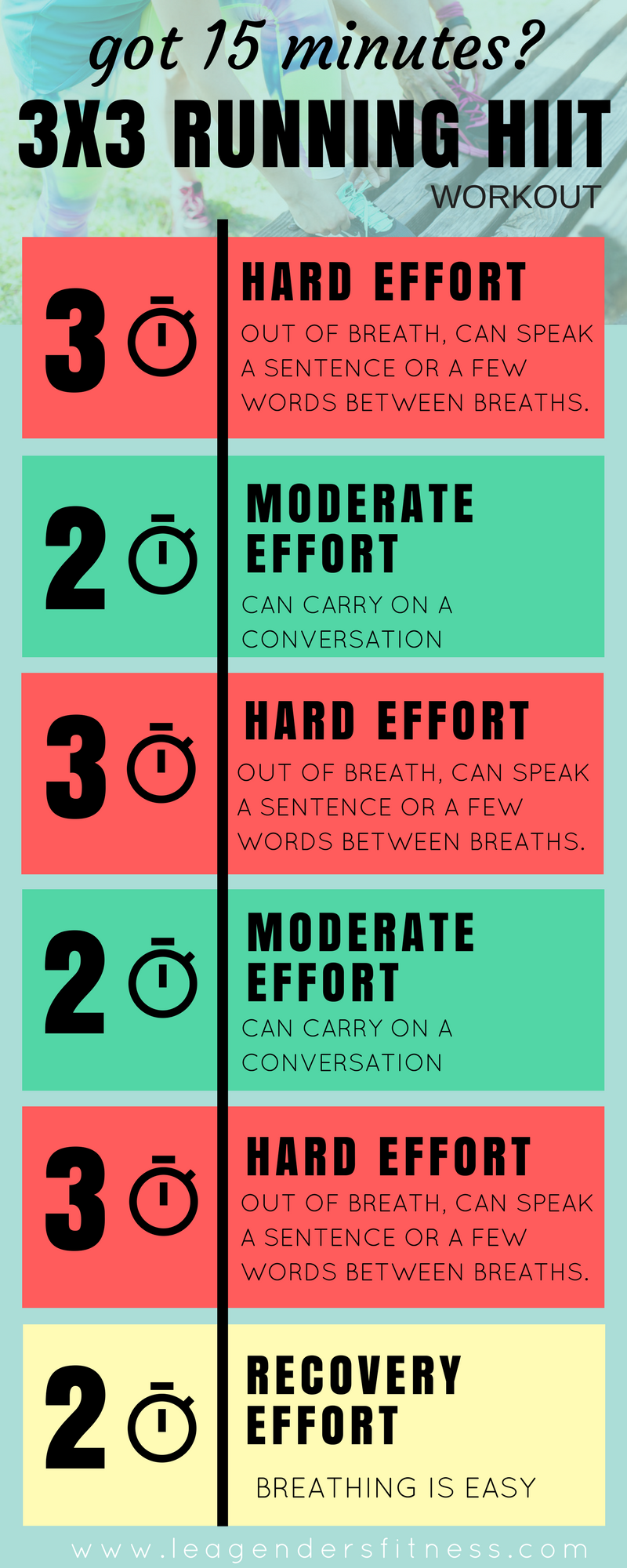Revamp Your Running Strategy: Tips for Improved Efficiency
Revamp Your Running Strategy: Tips for Improved Efficiency
Blog Article
The Ultimate Overview to Dealing With Pain When Running
Whether you are a skilled marathoner or simply beginning your running trip, recognizing the different types of pain that can develop and the techniques to address them is essential. From pre-run workout routines to correct shoes choice, there are many elements to consider when it comes to dealing with pain while running.

Understanding Different Kinds of Running Discomfort
When running, it is vital to differentiate in between different sorts of pain to avoid injuries and make best use of performance (Read More). One typical kind of discomfort that runners might experience is muscle mass pain, which commonly occurs from the stress placed on muscle mass during workout. This sort of discomfort is commonly a normal part of the running process and can be managed through appropriate workout, cool-down, and extending routines
One more kind of discomfort to be conscious of is joint pain. Joint discomfort can suggest problems such as overuse, inappropriate type, or underlying conditions like arthritis. Neglecting joint discomfort can lead to more serious injuries, so it is critical to attend to any type of discomfort without delay and possibly look for specialist suggestions.
In addition, sharp or stabbing pains must not be overlooked. These kinds of pain can signify intense injuries such as pressures, sprains, or tension fractures - running strategy. Proceeding to go through these kinds of discomfort can intensify the injury and extend healing time

Pre-Run Warm-Up and Stretching Regular
To prepare the body for a running session, carrying out an effective pre-run warm-up and stretching routine is important. A correct workout assists enhance blood circulation to the muscle mass, improves flexibility, and minimizes the threat of injury throughout the run. By including a constant pre-run warm-up and extending regular into your running regimen, you can enhance performance and reduce the danger of pain or injury.
Proper Shoes Option and Fit
Selecting appropriate shoes that fits well is vital for runners to stop discomfort and minimize the risk of injuries. Ill-fitting footwear can result in sores, black nails, shin splints, and various other uncomfortable problems that can impede performance and sideline training. When choosing running footwear, it is necessary to take into consideration elements such as foot kind, running stride, arch assistance, cushioning, and shoe dimension. running strategy. Seeing a specialty running shop for a gait analysis and professional installation can aid make certain that you choose the right shoes for your private requirements. Running shoes should provide appropriate support and security while additionally fitting and light-weight. Furthermore, it is suggested to change your operating shoes every 300-500 miles to keep correct padding and support. Buying top quality footwear that is appropriate for your running design and foot composition is an aggressive action towards preventing discomfort and injuries during your runs.
Nourishment and Hydration Tips for Pain Avoidance

Hydration is equally crucial for runners to avoid aches, dehydration, and various other discomforts that can lead to pain throughout running. It is recommended to consume an appropriate quantity of water throughout the day and especially in the past, throughout, and after running sessions. Electrolyte-rich beverages or sporting activities beverages can likewise be valuable for restoring lost minerals and preserving proper fluid balance. running strategy (Read More). By prioritizing nutrition and hydration, joggers can improve their performance, reduce discomfort, and enjoy a more comfy running experience.
Post-Run Healing Techniques to Ease Discomfort
Implementing reliable recuperation strategies is crucial for minimizing discomfort and promoting muscle mass recuperation after running sessions. One vital post-run recuperation strategy is stretching. Integrating fixed stretches for major muscle groups can assist lower muscle tension and discomfort. Foam rolling is another useful technique to launch muscle mass tightness and enhance blood circulation to the muscle mass, aiding in quicker recovery. Additionally, icing sore areas for 15-20 mins can help in reducing swelling and numb pain post-run.
Taking in a balanced snack or dish that consists of protein and useful info carbohydrates within 30 mins of completing a run can assist repair muscle cells and replenish energy stores. By incorporating these post-run healing methods into your regimen, you can efficiently take care of discomfort and maximize your running efficiency.
Final Thought
To conclude, attending to various kinds of running pain through correct warm-up, extending, shoes selection, nourishment, hydration, and post-run recuperation strategies is crucial for pain avoidance and monitoring. By recognizing the reasons for discomfort and applying these techniques, joggers can lessen pain and prospective injuries. It is important to prioritize overall physical wellness and well-being to guarantee an effective and pleasurable running experience.
Report this page